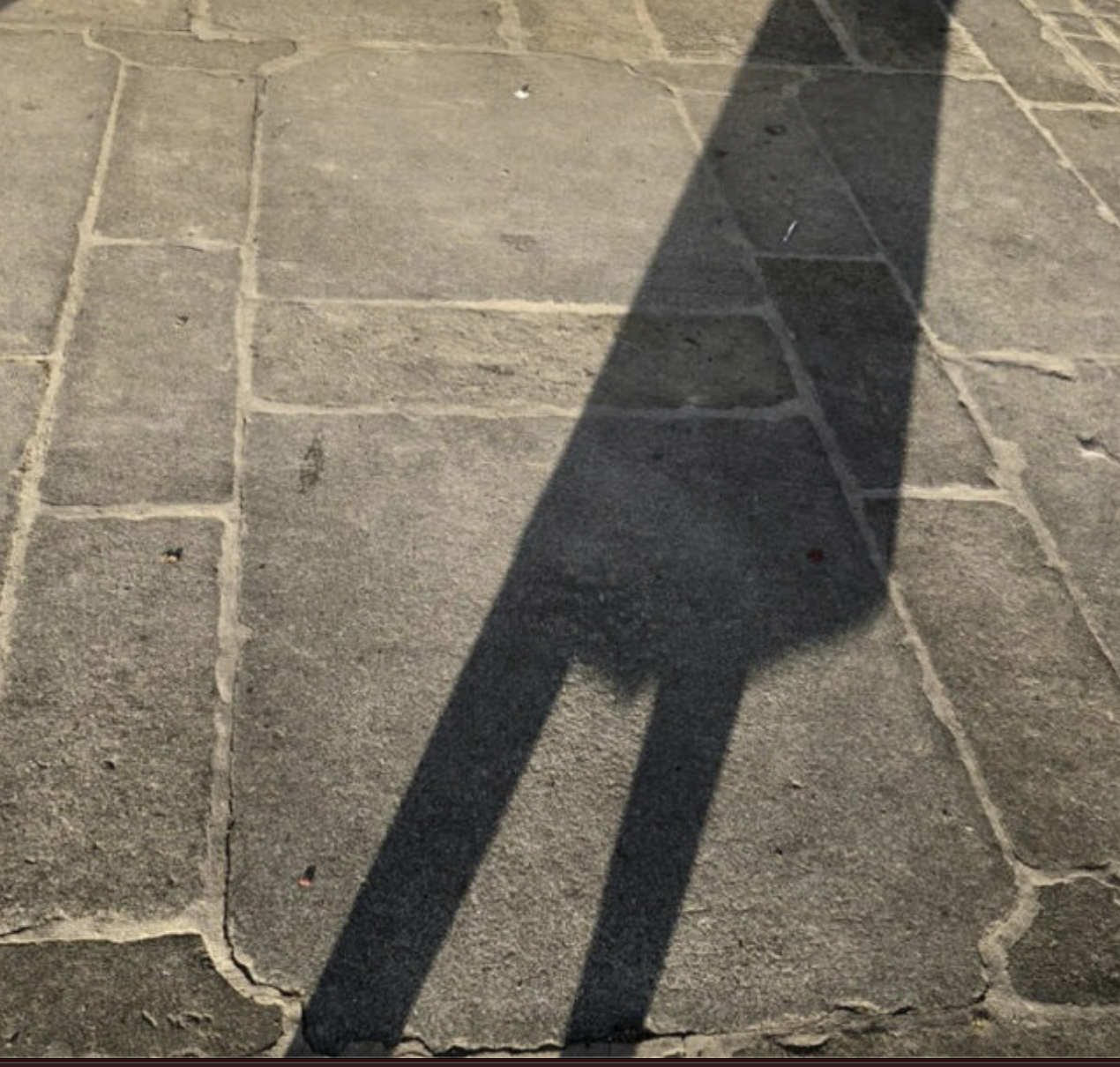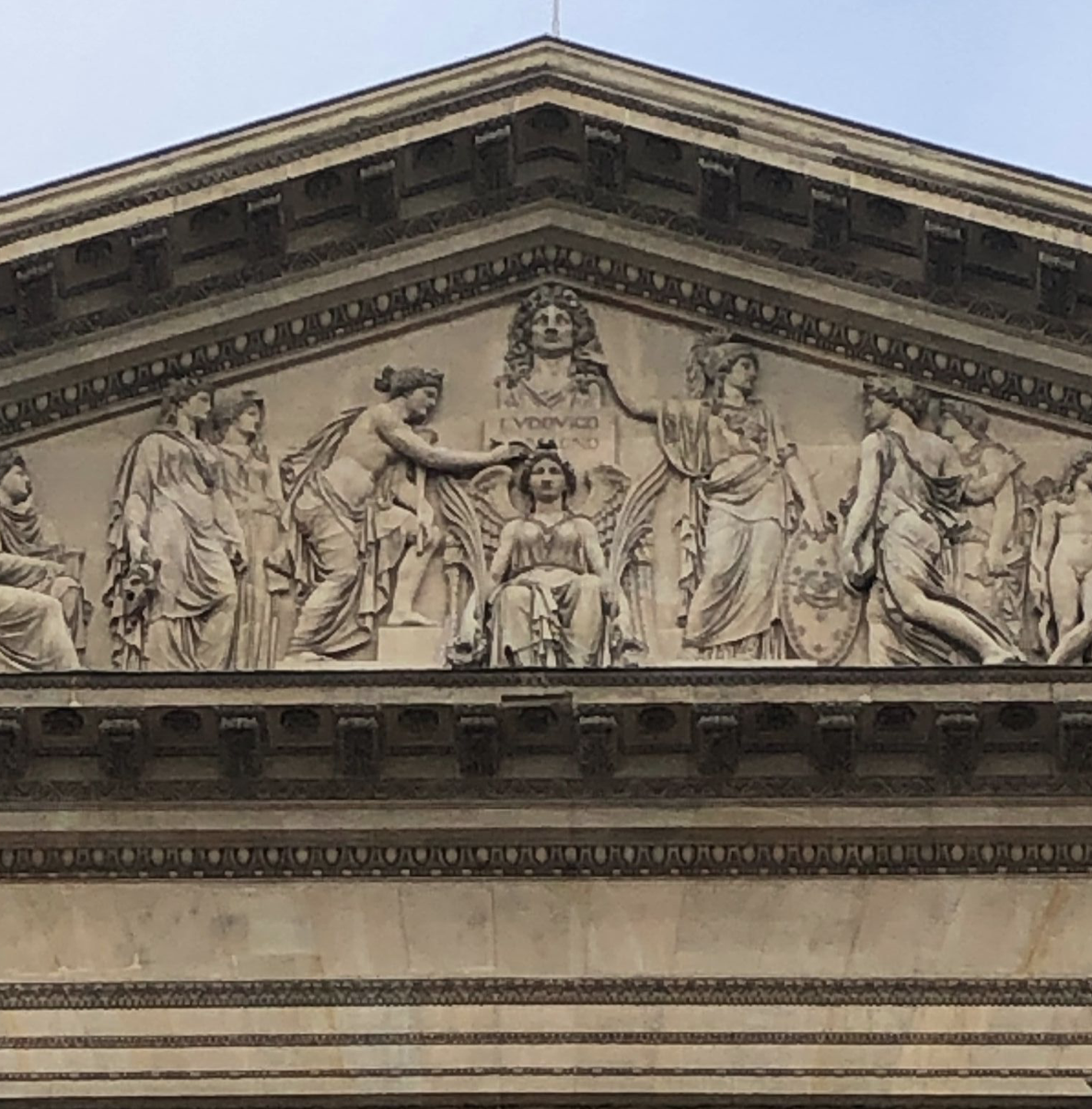You plan your trip to Paris and have all the big things on your list to see. The Eiffel Tower, Musée d’Orsay, Arc de Triomphe, Louvre, and– if you are brave– maybe even the Catacombs. While Paris is filled with beautiful architecture, monuments, and museums there are also a few treasures that are hidden in plain sight just waiting for you to discover. Let’s take a little stroll through Paris and discover their secrets.
ARAGO MARKERS
Marking the sidewalks of Paris is a set of brass medallions imprinted with the name Arago. The markers that run over 9km through Paris mark the ancient Paris meridian.
In 1994 the Arago Association commissioned artist Jan Dibbets to create a memorial to François Arago, a 19th-century French astronomer and mathematician who mapped out the meridian: I hate to tell you, but he had nothing to do with the Da Vinci Code. You will come across these markers in the Palais Royal, Jardin du Luxembourg, and along the Seine. However, did you know you could find them INSIDE the Musée du Louvre? There are a few outside in the Cour Napoleon but it is the ones inside the Louvre that sent my heart racing as soon as I spotted one. You will find them in the Richelieu and the Denon wings and even people that work there do not know they are walking among them every day.
In the Richelieu wing between the Cour Marly and Cour Puget as you come down the stairs and through the passage between them, look down. Head back into the Cour Puget and walk up the stairs to your right. When you see the Thomas Regnaudin statue of Saturne enlevant Cybèle, look just behind it, et voila. A third in the wing lies just between the escalators. Over in the Denon wing, in the Etruscan and Roman Antiquities rooms, three more can be discovered by the avid hunter; some are hidden due to renovation but if the rooms are open keep your eyes to the ground.
Medieval Louvre
The lower level of the Musée du Louvre holds the remnants of the original medieval fortress. Dating back to the 12th century and the Louvre of Philippe Auguste, the original moat of the Louvre can be found with all its secrets it unleashed in 1984. During the construction of the “Grand Louvre”, an archaeological dig unearthed the moat and over 100,000 objects including pottery, jewelry, and medieval armor. They also found the base of the staircase to the tower that held Charles the V’s library.
As you walk among the ruins you will notice marks on many of the stones– hearts, circles, and slashes– but fear not these are not wayward annoying love lockers looking for a new place to vandalize the city of love. The stone carvers that painstakingly cut each stone in the 12th century made these marks. The way they would receive their wages was by counting the amount of stones they cut. From the looks of it, the guy who had the heart symbol was a pretty hard worker. Many visitors walk right past not noticing, nor knowing what these symbols mean, but it is one of the amazing stories of the Louvre that date back hundreds of years.
Napoleon on the Louvre
Sticking with the Musée du Louvre, this time let’s head outside to the very end known as the Colonnade de Perrault. It’s named for the architect Claude Perrault whom Louis XIV selected to design the eastern end of the Palais du Louvre.
The Sun King wanted to add his own mark onto the Louvre like the kings before him but decided to move his court to Versailles and left the entire wing unfinished without a roof. It would take almost a hundred years for the Colonnade to get its roof and it was Napoleon Bonaparte that would finally make it happen. The Emperor wanted to leave a lasting impression and François-Frédéric Lemont did just that for him. On the outward side, facing Saint-Germain-l’Auxerrois at the top of the pavilion, there’s the bust of a man with a long curly wig. Look closely at the face; it is the face of Napoleon with a much different hairstyle. During the Restoration in 1815 Louis XVIII and the Bourbons were back in power and he tried to scrub all traces of Napoleon from the city. He ordered a wig to be carved and placed on the bust and just like that, it is now Louis XIV.
Napoleon & Henri
The Musée du Louvre and the palace that came before are decorated with the initials of the kings and emperors that each took part in its construction over 500 years. However, this little secret can be found at your feet outside the galleries. Out on the Quai François Mitterrand just as you walk under the Pavillon de Lesdiguières from the Place du Carousel as you wait for the light to change, look down. In the stones are the initials of two of the great builders of the Louvre. On the right is H for Henri IV and on the other side past the lanes of traffic is N for Napoleon III. Hard to spot when filled with people but hold back after the crossing and take a peek.





